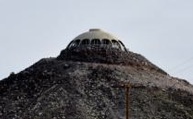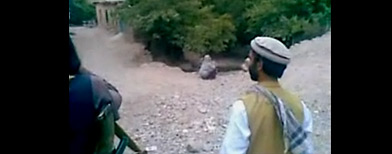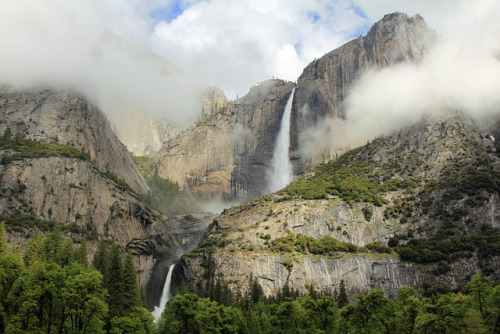
Wendy
Brown of Schenectady, N.Y., holds a sign before an Occupy Albany rally
pushing for a raise in New York's minimum wage on May 29, 2012.
Back in 1912, Massachusetts became the first
place in America to introduce a minimum wage, but it would take another
quarter century before a national minimum wage was set.
President
Franklin Roosevelt made it law in 1938, that any hourly worker had to
be paid at least 25 cents an hour. It was revolutionary, and very few
countries had anything like it.
Every few
years, the federal minimum wage would go up, helping millions of
Americans inch closer to a middle-class lifestyle. Something changed in
the early 1970s, however, and since then, the minimum wage has fallen by
around 25 percent.
Fast-forward to today.
The minimum wage is currently $7.25. But in 1968, you'd make the
equivalent of $10 an hour in today's money.
"Think
about the people that in 1968 got the minimum wage, [and] then think
about the group today," says Sen. Tom Harkin of Iowa. "It's basically
the same group, but they have 30 percent less buying power."
Harkin,
a Democrat, has introduced a bill in Congress to raise the minimum wage
to $9.88 an hour. For millions of Americans, an increase in the minimum
wage could make a huge difference, but the battle has not been easy.
Fighting For More
In
2008, President Obama campaigned on a promise to raise the minimum
wage. He hasn't. Mitt Romney has said he supports pegging minimum wage
to inflation, but recently backtracked, and he now opposes an increase.
According
to the Economic Policy Institute, if Harkin has his way and the minimum
wage was actually raised to $9.88 an hour, it would increase wages for
30 million Americans — 10 percent of the country.
Harkin tells weekends on
All Things Considered host Guy Raz that his proposed increase would give hourly wage earners more spending money to help improve the economy.
"People
who are making the minimum wage, basically they're spending just about
all their money because they don't have much left," Harkin says. "So if
you give them a raise, it means more for our gross domestic product."
$5,000 a year is significant ... [It] may not get them out of poverty, but it makes life better.
- Sen. Tom Harkin, D-Iowa
Harkin estimates that his minimum wage increase
would mean about $25 billion more for GDP, 100,000 more jobs and 28
million Americans would get a raise.
To those
that say raising the minimum wage would actually increase unemployment,
Harkin says there's simply no proof of that. He says they've found that
when minimum wages were increased, employment actually went up.
Harkin
says he's not "Pollyannish" about the prospects of the bill, and
doesn't think Republicans will let it go through. But it is important,
he says, to bring it up so that Americans will know where Democrats
stand on an issue as fundamental as keeping the minimum wage at a level
that provides a decent support for people that are very poor.
"If
my proposal went through, a $15,000 a year worker will make $20,000 a
year," he says. "You know $5,000 a year is significant to someone in
that category. [It] may not get them out of poverty, but it makes life
better."
Surviving On Minimum Wage
Every
morning at 1 a.m., 50-year-old Margaret Lewis rolls out of bed to start
the workday. She works as a transporter for the disabled at O'Hare
International Airport making minimum wage. Compared to a lot of hourly
workers, however, she's lucky. In Illinois, the minimum wage is a dollar
higher than the national rate.
Lewis lives
in one of the roughest parts of Chicago's South Side — Englewood — with
four of her children in a modest, three-bedroom apartment. All of her
children who live at home are in school, and that's the reason she took
the early shift — to make sure her kids are fed and get to school.
Lewis
works full time and works hard, but even with tips, her annual salary
about $18,000 — is still about $10,000 below the U.S. poverty level for a
household her size.
It takes an entire
paycheck, she tells Raz, to cover back-to-school shoes for the kids.
Clothes come from thrift stores, food stamps help a lot, and her monthly
rent is $850.
"I never can pay a whole
rent," Lewis says. Her family covers the remaining rent by doing work
for the landlord. "We do janitor work around [and] keep the grass cut.
In the winter, we make sure the porch is shoveled."
In
the past year, two people have been killed on her block. In the
morning, when her kids have to get themselves off to school, she
worries. She says the last shooting was a few months ago and
unfortunately it happened at the same time her son was leaving the block
going to school, when the bullets rained out.
"That
was the most scariest moment of my life," she says. "You know it's not
the greatest neighborhood, but if I move, it'll be in the neighborhood
of this [type] as well because that's where the most affordable rent
that fits my budget will be in."
A $1 increase an hour would mean more than $2,000 a year for someone like Lewis.
"It might not sound a lot to most people, but to me that much in a year would make a big difference in my household," she says.
The Business Of Minimum Wage
Opponents
of Harkin's minimum wage bill point to jobs, saying that with such high
unemployment, an increase in the minimum wage will make a bad situation
worse.
Joe Olivo owns a small printing press in New
Jersey that employs 47 people. Olivo tells Raz that a higher minimum
wage basically raises the whole wage scale and would force him to make
cuts.
"What happens is the employee who's
been here for 3 years and has more experience than a person making an
entry-level wage, they will rightfully want more for their seniority,"
Olivo says. "So what it does to me as a business owner, by pushing up
wage scale, it increases my expenses."
Olivo
says that means he either has to increase revenues — difficult in the
current economy — or he must find ways to cut expenses: cutting
employees, not hiring new employees or bring in new technology to
decrease the number of employees he needs.
"So it really hurts my current employees and it also prevents me from bringing on new ones," he says.
Bill
Dunkelberg, chief economist for the National Federation of Independent
Businesses, a group that lobbies against increasing the minimum wage,
says that every dollar an employee gets comes out of somebody's pocket.
He says it's not logical that raising the minimum wage will add more
spending money to the economy.
"It's not the
job of businesses to turn themselves into social service providers and
pay in excess of value to the firm," Dunkelberg says. "We do have
something called the earned income tax credit, where we provide
supplemental income to people who are working but need more money."
Right
now, 18 states have set minimum wage rates slightly higher than the
national level, while four states actually have exemptions and even
lower minimums.







 While
many a volcano has flared up lately with maddening consequences, the
cinder cone that hosts the “Volcano House” in Newberry Springs, Calif.,
offers nothing but cosmic, barren beauty. The creation of architect
Harold J. Bissner Jr., the dome house has been sitting atop a 150-foot
conical hill of volcanic fragments since 1968 and is now for sale, at
$750,000. The 1,800-square-foot home—guarded by two caretakers whose
faces have been sculpted by desertic whim—and its adjoining 60 acres
belong to Huell Howser, the host of California’s Gold, the travel show
for PBS affiliate KCET that highlights places of interest in California,
often along remote paths. Howser became so popular that Matt Groening,
creator of The Simpsons, featured a “Howserian” character named Howell
Huser in two episodes. Somehow HH also ended up on a bottle of
Broguiere’s milk.
While
many a volcano has flared up lately with maddening consequences, the
cinder cone that hosts the “Volcano House” in Newberry Springs, Calif.,
offers nothing but cosmic, barren beauty. The creation of architect
Harold J. Bissner Jr., the dome house has been sitting atop a 150-foot
conical hill of volcanic fragments since 1968 and is now for sale, at
$750,000. The 1,800-square-foot home—guarded by two caretakers whose
faces have been sculpted by desertic whim—and its adjoining 60 acres
belong to Huell Howser, the host of California’s Gold, the travel show
for PBS affiliate KCET that highlights places of interest in California,
often along remote paths. Howser became so popular that Matt Groening,
creator of The Simpsons, featured a “Howserian” character named Howell
Huser in two episodes. Somehow HH also ended up on a bottle of
Broguiere’s milk. 






 Did
you get a sunburn this summer? Know this: that redness you got is actually
RNA damage to skin cells.
Did
you get a sunburn this summer? Know this: that redness you got is actually
RNA damage to skin cells.



 How
much comfort and ease does a hunter need? In St. Louis Country forest,
shooters are not only building "deer stands" larger than some houses,
but cutting down swathes of forest to make it easier to nail their
targets. John Myers writes:
How
much comfort and ease does a hunter need? In St. Louis Country forest,
shooters are not only building "deer stands" larger than some houses,
but cutting down swathes of forest to make it easier to nail their
targets. John Myers writes:


 "Everywhere you go you just see blows," Nancy Black, owner of
"Everywhere you go you just see blows," Nancy Black, owner of  What's
incredible is the sheer numbers of blue whales -- there are only about
10,000 worldwide -- but also feeding behavior that's occurring at the
surface and unusually close to shore. (Generally, krill remains lower in
the water column and beyond sight of boaters.)
What's
incredible is the sheer numbers of blue whales -- there are only about
10,000 worldwide -- but also feeding behavior that's occurring at the
surface and unusually close to shore. (Generally, krill remains lower in
the water column and beyond sight of boaters.)